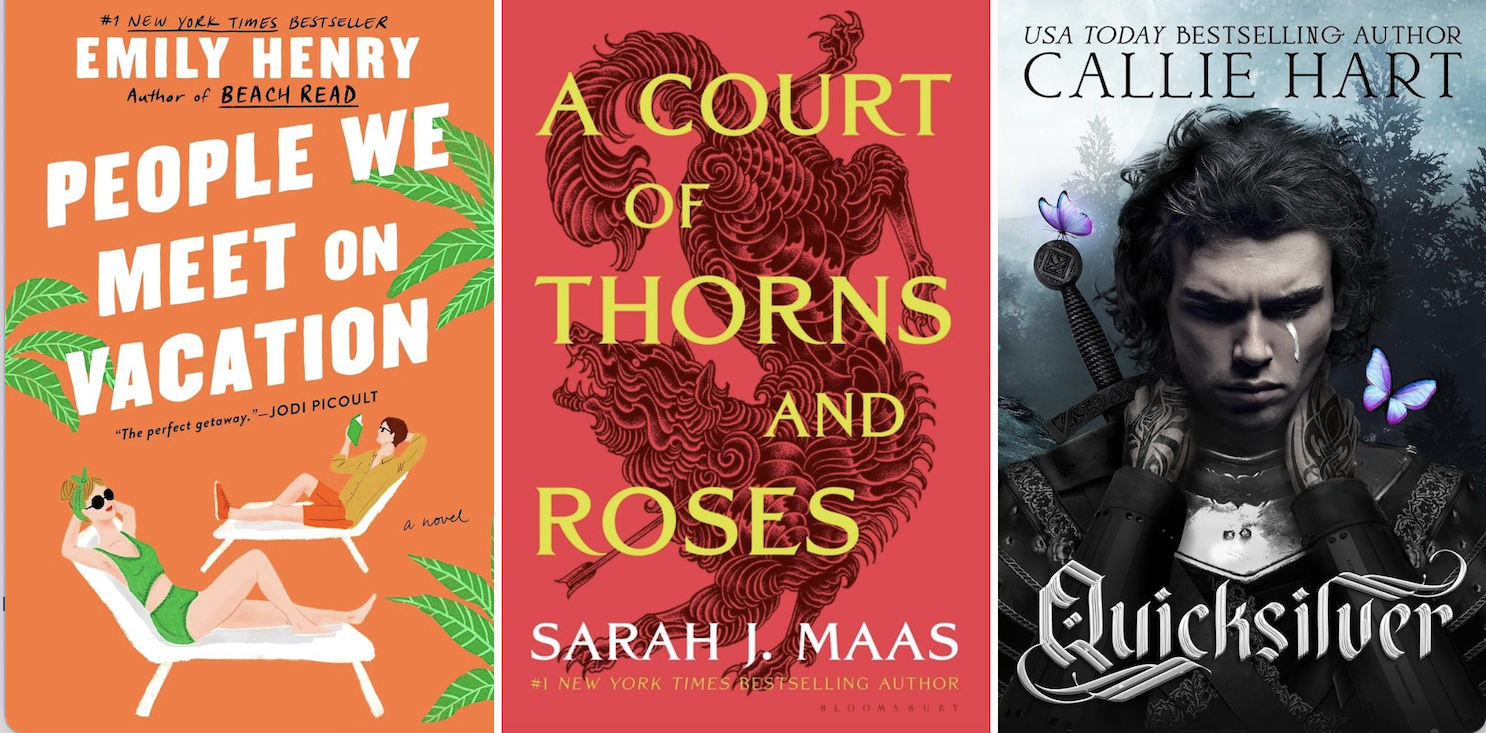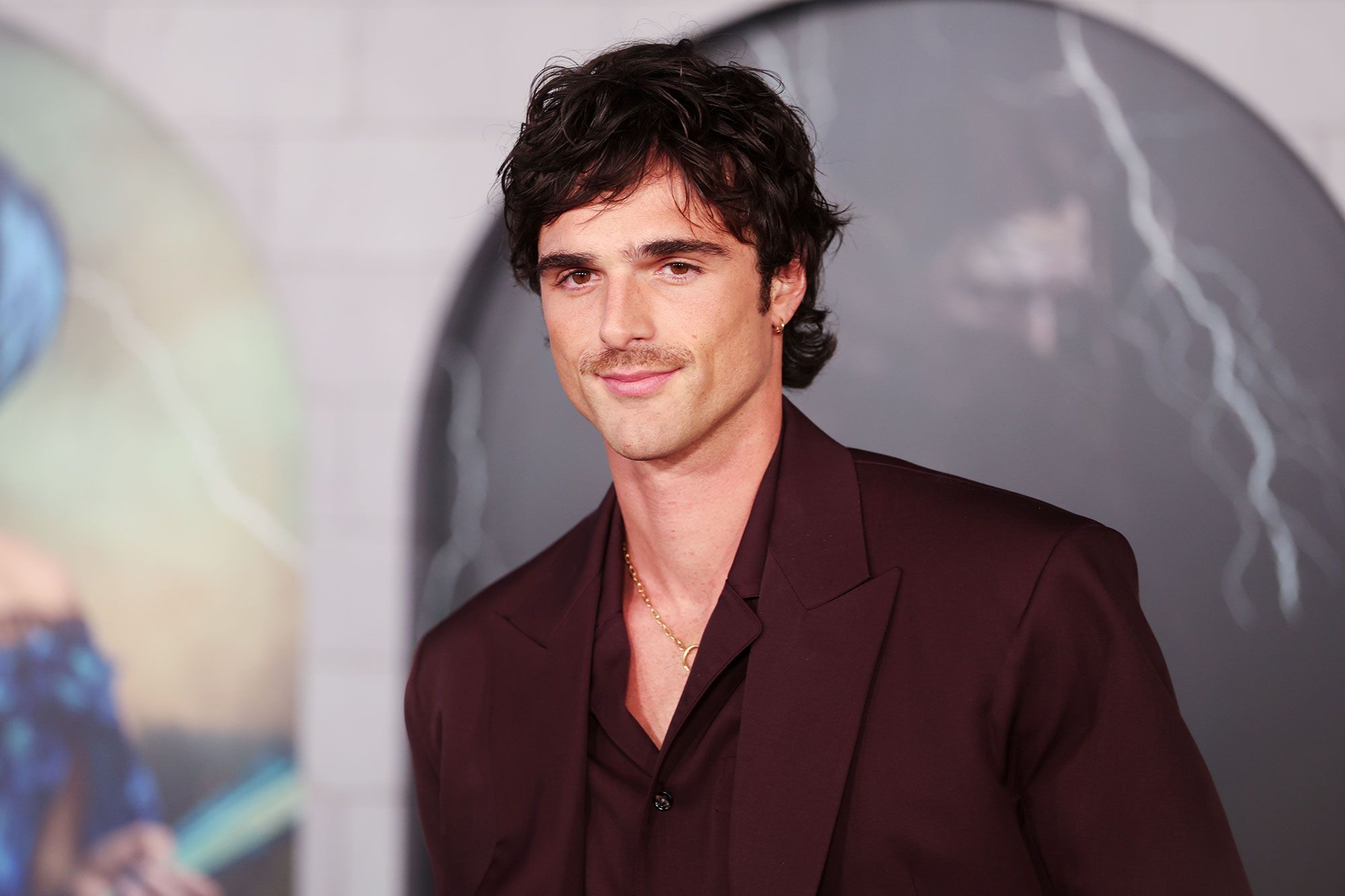"Twilight" siempre fue una bella y extraña película independiente con apariencia de superproducción | Vanity Fair

Por Savannah Walsh
Cuando la gente piensa en la primera película de Twilight, inevitablemente su mente no se dirige a una secuencia de acción o a una escena llena de efectos especiales, sino a la escena de béisbol. Ahí es donde aprendemos que los vampiros solo pueden participar en el pasatiempo favorito de Estados Unidos durante una tormenta fuerte, porque sus habilidades de super velocidad y fuerza solo pueden ser escondidas bajo el trueno y el relámpago. La escena de dos minutos y medio se basa en un filtro azul de ambiente, un poco de cámara lenta incorporada y "Supermassive Black Hole" de Muse. Entre tomas, el elenco especulaba sobre el destino de la producción. "Nos decíamos: 'Hombre, me pregunto si alguien verá esta película'", dijo anteriormente Peter Facinelli, quien interpretó a Carlisle Cullen, el patriarca del aquelarre. "Estábamos haciendo esta pequeña película de vampiros en el bosque".
Basada en la exitosa novela de Stephanie Meyer, la película se estrenó en noviembre de 2008 con una recaudación de $69 millones en su primer fin de semana, llegando a recaudar más de $400 millones en todo el mundo. Fue un éxito de taquilla para el estudio independiente Summit Entertainment y generó otras cuatro películas basadas en los libros de Meyer: Luna Nueva en 2009, Eclipse en 2010, Amanecer - Parte 1 en 2011 y Amanecer - Parte 2 en 2012. La franquicia generó más de $3 mil millones en total y dio lugar a otras franquicias de literatura juvenil como Los juegos del hambre y Divergente, así como a la franquicia Cincuenta sombras, que se basa en fan fiction de Twilight.
La serie era inevitablemente popular, pero también era fácil de burlarse. Debido a que fue creada por y para mujeres, la trama a menudo se reducía al triángulo amoroso entre Bella (interpretada por Kristen Stewart), Edward (interpretado por Robert Pattinson) y Jacob (interpretado por Taylor Lautner). La estrategia de marketing de la película, alimentada por el debate "Team Edward vs. Team Jacob", no ayudó en nada. Quince años antes del dominio cultural y el respeto posterior obtenidos por emprendimientos como Barbie o la gira Eras de Taylor Swift, incluso las críticas válidas de Twilight fueron sepultadas por la idea generalizada de que el arte dirigido principalmente a una audiencia femenina debía ser estigmatizado.
Las cosas comenzaron a cambiar en 2020 con la publicación de un nuevo libro de Twilight de Meyer, un acuerdo de streaming de Netflix para las películas originales y una pandemia global que mantuvo al mundo en casa con ganas de escapar. El auge de TikTok, donde el hashtag de Twilight tiene más de 28 mil millones de visitas, dio lugar a tendencias nostálgicas sobre las películas. Aquellos que alguna vez se avergonzaron de su fanatismo pudieron reapropiarse de las películas y aquellos que no tenían la edad suficiente para experimentar el fervor inicial se expusieron a Twilight de segunda mano. Toma este comentario bajo un clip de la escena de béisbol de la película en YouTube: "Vista en primera persona: viste una recreación de TikTok y viniste a verificar cuán precisa era".
Las pruebas de la resistencia de Twilight son abundantes. Los fanáticos acuden en masa a Forks, Washington (donde se desarrolla la serie) en números récord. "En 2022 tuvimos el año más grande en términos de turismo desde 2010, y ya hemos superado esas cifras hasta este septiembre", dijo recientemente Lissy Andros, la directora ejecutiva de la Cámara de Comercio de Forks, a Wired. "Probablemente el 65% de los visitantes de Forks vienen por Twilight".
La serie fue referenciada en el anuncio del exitoso sencillo "vampire" de Olivia Rodrigo, discutida (aunque despectivamente) por Travis y Jason Kelce en su podcast New Heights, se le hizo un guiño en Saltburn de Emerald Fennell y fue objeto de un meme viral del actor Tituss Burgess. "Todavía no puedo superar que Jacob se imprimiera de ese bebé en Twilight", dijo en un reciente TikTok en vivo filmado durante el intermedio de Moulin Rouge! en Broadway. "Podrían haber encontrado otra manera. No se sintió bien cuando lo vi y aún no se siente bien ahora". Ah, y hay una serie de televisión de Twilight en camino.
Aunque todas las películas obtienen su parte justa de referencias, la primera Twilight es, con mucho, la más memeada. La culpa la tienen frases como esta: "Agárrate fuerte, mono araña", que Edward le dice a Bella mientras vuela entre los árboles con ella en su espalda. Esa frase ni siquiera estaba en el libro. Dado el dinero y el poder que acumularía, es fácil olvidar lo extraña que es la primera película de Twilight, hecha de manera tan extraña y pequeña que permeó la cultura pop de una manera en la que las demás películas simplemente no lo han logrado. Es un blockbuster con la trayectoria de un clásico de culto mal comprendido.
The Hunger Games: The Ballad of Songbirds and Snakes star Tom Blyth recently told me that filming the $100 million prequel felt akin to making an indie movie. But Twilight could actually be classified as one. It was made for just $37 million, a far cry from the series’ final installment, which came with a price tag of over $120 million. Director Catherine Hardwicke told Vanity Fair in 2018 that she was even forced “to find a way to cut $4 million out of the budget” four days before production began.
Twilight was not predestined to be a hit—and as such, the filmmakers had a level of creative freedom not afforded in the later films. “Nobody knew what it was going to be, what it was. I didn’t have committees giving me notes; I wasn’t watched by big-time producers. I didn’t have the pressure of hitting blockbuster marks,” Hardwicke told The Hollywood Reporter in 2018. “We didn’t even have a test screening, so it was really made like an indie film.”
Other actors have echoed this sentiment. Jackson Rathbone, who played Jasper (the less said about his pre-blood-sucking backstory, the better), told Entertainment Weekly that he and Pattinson could even play open mics at a local Portland bar while filming, staying undetected by the eventual hordes of Twihards. The first film “was just like summer camp,” Facinelli agreed. “And then by the fifth one, it was hard to even see each other.”
With each ensuing film, the Twilight saga veered further from Hardwicke’s off-kilter vision, ballooning budgets giving way to CGI werewolves and infants, plus an utterly ludicrous bait-and-switch in the final film’s battle scene. When asked to deliver the second installment, New Moon, in less than a year, Hardwicke declined to return as director. Only men were hired to helm the following films. “There’s lots of projects like that,” Hardwicke previously told VF. “It goes on and on. They’re stories written by women, about women, and given to male directors. Over and over and over.” (The first Fifty Shades was similarly directed by Sam Taylor-Johnson before being handed off to men for the next two installments.) One of the only consistent elements of the Twilight series are its needle drops, in large part because Grey’s Anatomy music supervisor Alexandra Patsavas was retained for all five movies.
After the franchise concluded in 2012, Pattinson and Stewart retreated back into their indie spheres, with a few Caped Crusader and People’s Princess–sized exceptions. And both have maintained that the original Twilight lived in that space too. “It was kind of an oddball, slightly marginal teen movie,” Stewart told SirusXM last year. “I didn’t think everyone was going to take to that—I didn’t think we were going to make a sequel.” In 2020, Pattinson explained to the BBC, “No one realized that Twilight was an arthouse movie.”
In the final scene of Twilight’s first installment, Bella pleads with Edward to change her into a vampire—at her prom, of all places. He slowly leans into her neck, before placing a gentle kiss in the spot where a venom-filled bite mark would go. “Is it not enough just to have a long and happy life with me?” Edward asks. “Yeah—for now,” she replies, a suggestion of the mystical world-building to come. But 15 years later, it feels like fans sided with Edward–content to sway beneath the lit-up gazebo to a mid-2000s alternative song, mismatched and star-crossed for just a little longer.




